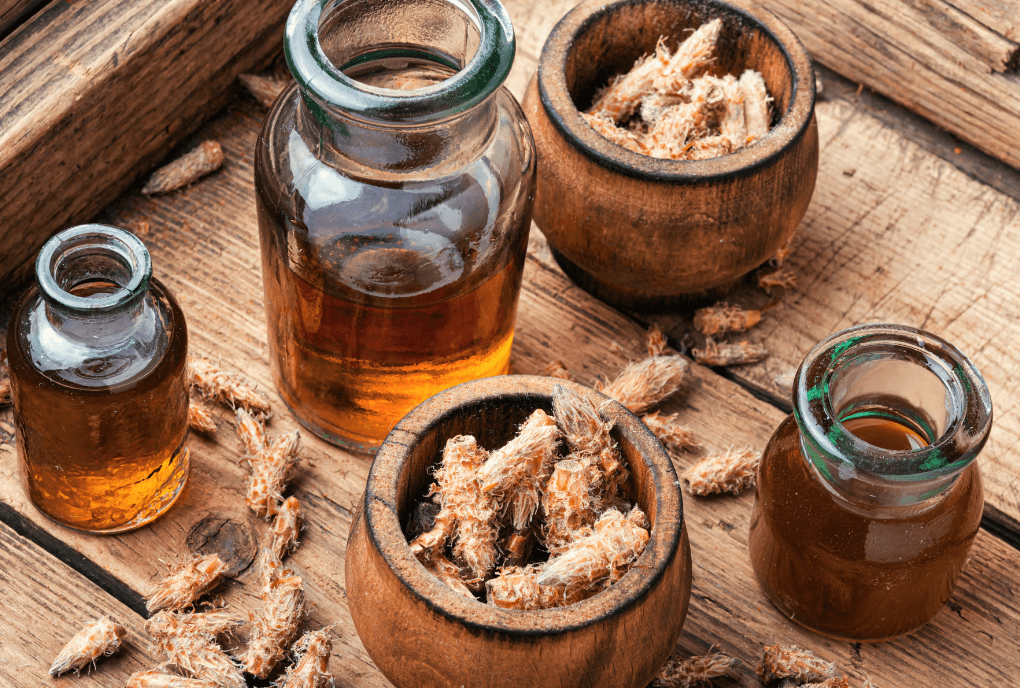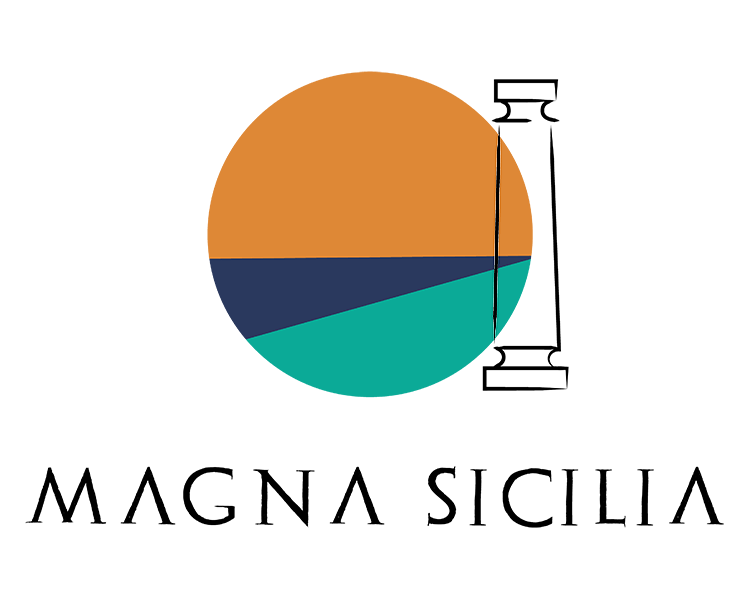
The treatment of ailments in Sicilian culture
In addition to its breathtaking scenery, azure sea, and culinary variety that is the envy of the world, Sicily boasts truly interesting ancient traditions. An example? So-called folk medicine. It is a culture that has come from the past, in an exchange between generations. The famous remedies of grandmothers, which will be discussed this October 15, 2022 in the Ancient Sicily Studies Conference.
Focus on the theme of the 18th Conference for the Study of Ancient Sicily.
The theme chosen for this Study Day starts from the archaeological findings already in very ancient times of evidence, literary and legendary, about healing activities, in the Mediterranean and even earlier in the Near Eastern civilizations.
These provide in the present day a truly diverse panorama of ancient places, tools and practices for practicing medicine.
The struggle to overcome physical pain has always been a strong component of human evolution, and as such there has been a careful study in man’s actions to cope with society, technology, religion, and even the architecture that was to accommodate these new activities. Precisely because of this, the Templar environment had a connection with healing activity in distant times, such as the many shrines dedicated to Asclepius scattered later in the Mediterranean area, especially in Sicily.
Initially, medicine had connotations somewhere between magic and mystery. According to legend, the god Apollo was its founder, hence referred to as Medico, and he passed on the art to his son Asclepius, for whom countless temples and medical schools have been erected. These priests cured the sick using ritual tools such as the incubatory, or herbal drugs also in order to obtain forgiveness or thank the deity they had turned to.
As time passes, ways and beliefs evolve, while maintaining a common thread for treating people’s ailments.
The Sicilian physician and the role in society
In the past, in Sicily, the right words, stones, herbs and animals were considered more effective than real medicine. A Sicilian proverb says. “C’è tanti erbi all’ortu, ca risurgina l’omu mortu”, meaning that there are so many plants in nature that a doctor is not needed to restore the sick person to health. In addition, in the
folk traditions, there was a belief that a powerful and well-known person was much more reassuring than a doctor.
Grandmothers’ remedies carried an innate knowledge, which to hear them today would leave a little bit of everyone speechless. In those days, when a medicine was considered “useless,” one would turn to a herbologist who could procure a remedy for the patient’s ailment. And there goes the physician did not meet with great admiration from the people; in fact, at the healing of the sick person, thanks were given to the saint who was thought to have taken him by grace or the care of the herbaiol. What if the patient died instead? Simple answer: it was the doctor’s responsibility!
In the collective imagination of the time, a real doctor had to be old, the pharmacist rich, and the barber, who eventually turned into a surgeon, had to be young. The barber took care of most of the practical acts of patient care, such as bloodletting, fractures, abscesses, and venereal diseases.
With all these influences from the barber, pharmacists and others, eventually the actual doctors depending on where they practiced, whether in large or small towns, had a lower or higher salary. A village doctor would take earned extra because he was sometimes paid directly with food or other commodities, not just money.
The importance of herbaiol and female healers
As part of the Sicilian folk medicine, falls the figure of the herbaiolo, mentioned above, who with “lattata di mennule” (almond milk), decoction of mallow and barley, and other drinks and medicines, refreshed and purified the blood of many people.
Through herbaiol remedies, many diseases such as benorrhagia, which was cured with “cannavusata,” or other irritations with various types of decoction, could be dealt with. A curious fact is that the majority of herbaioli stores in Sicily were run almost exclusively by women. Those famous women who were referred to as the village healers, namely the signura ri vermi, able to help fellow villagers.
Diseases and the community’s relationship with the patient
Each disease, in Sicilian tradition, had its own specific origin. The healers claimed that the
virmi, by which also described the organisms physiologically present in the individual, were spirits that were unleashed during a family disturbance.
The virmi, quiet in the vucca ri l’arma (mouth of the soul, that is, the stomach), physiologically stabilize the health of the individual. If due to a special circumstance, such as may be stress, or uncontrolled emotion, their natural balance is altered, fidgeting and moving up to the throat, they cause discomfort.
When a person was in pain and at the time was taken under the healing wing of the healer or herbalist, this malaise involved the whole community. From close relatives to friends, neighbors and so on. In folk magic,
u scantu was just that spectre on duty roaming restlessly among the sick person’s loved ones, sent by bill to the poor unfortunate.
Giulia Nari





